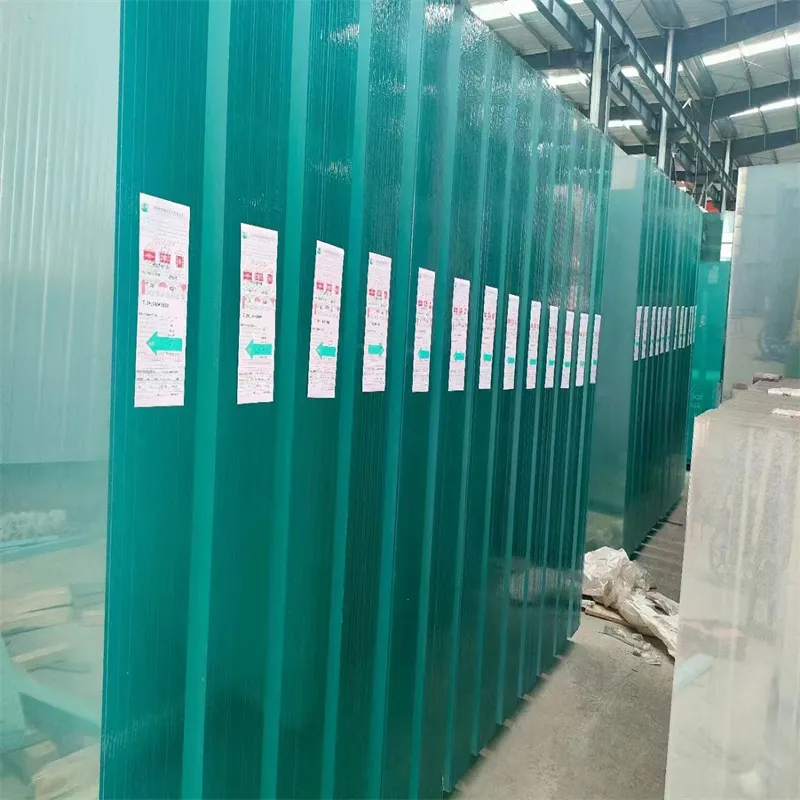11 月 . 02, 2024 09:30 Back to list
laminated glass
The Benefits of Laminated Glass A Comprehensive Overview
Laminated glass is a type of safety glass that consists of two or more layers of glass bonded together by an interlayer, typically made of polyvinyl butyral (PVB) or ethylene-vinyl acetate (EVA). This innovative construction offers a multitude of benefits, making laminated glass a popular choice across various applications, including architecture, automotive, and safety products.
One of the most significant advantages of laminated glass is its enhanced safety features. In the event of breakage, the interlayer holds the shards of glass in place, preventing them from scattering and causing injury. This characteristic makes laminated glass an ideal choice for situations where safety is a primary concern, such as in skyscrapers, schools, and public buildings. Additionally, the presence of the interlayer can deter unauthorized entry, as shattering the glass is less likely to create a point of access.
Another critical benefit of laminated glass is its sound insulation properties. The interlayer effectively dampens noise, making laminated glass an excellent option for buildings located in busy urban areas or near highways. By providing a quieter indoor environment, laminated glass contributes to a higher quality of life for inhabitants and enhances the overall comfort of residential and commercial spaces.
laminated glass

Moreover, laminated glass offers superior UV protection. The interlayer can block up to 99% of harmful ultraviolet rays, shielding occupants and furnishings from potential damage caused by sun exposure. This feature not only protects interior materials from fading but also helps to reduce the risk of skin cancer and other UV-related health issues.
Energy efficiency is another important advantage of laminated glass. By incorporating special coatings, laminated glass can reduce heat transfer, helping to maintain consistent indoor temperatures and reduce reliance on heating and cooling systems. This energy efficiency can lead to significant cost savings over time, making laminated glass an environmentally friendly choice for sustainable construction.
Laminated glass also presents design flexibility and aesthetic appeal. It can be produced in various colors, tints, and thicknesses, allowing architects and designers to create unique looks that remain functional. This adaptability makes laminated glass suitable for both contemporary and traditional architecture, adding value to any building project.
In conclusion, laminated glass is an advanced material that provides a host of benefits, including enhanced safety, sound insulation, UV protection, energy efficiency, and design versatility. Whether used in residential homes, commercial buildings, or vehicles, laminated glass represents a smart investment that prioritizes the well-being of occupants while also fulfilling practical needs. As technology continues to evolve, the applications for laminated glass are likely to expand, further solidifying its place as a preferred material in modern construction and design.
-
Wired Glass: A Strong and Secure Glass Solution for Various Applications
NewsNov.04,2024
-
Tinted Glass: A Stylish and Functional Choice for Modern Homes
NewsNov.04,2024
-
The Elegance and Versatility of Silver Mirrors
NewsNov.04,2024
-
The Advantages of Copper Free Mirrors
NewsNov.04,2024
-
Tempered Glass: A Reliable Choice for Modern Applications
NewsNov.04,2024
-
Pattern Glass: Stylish and Functional Glass for Modern Design
NewsNov.04,2024
Related PRODUCTS














